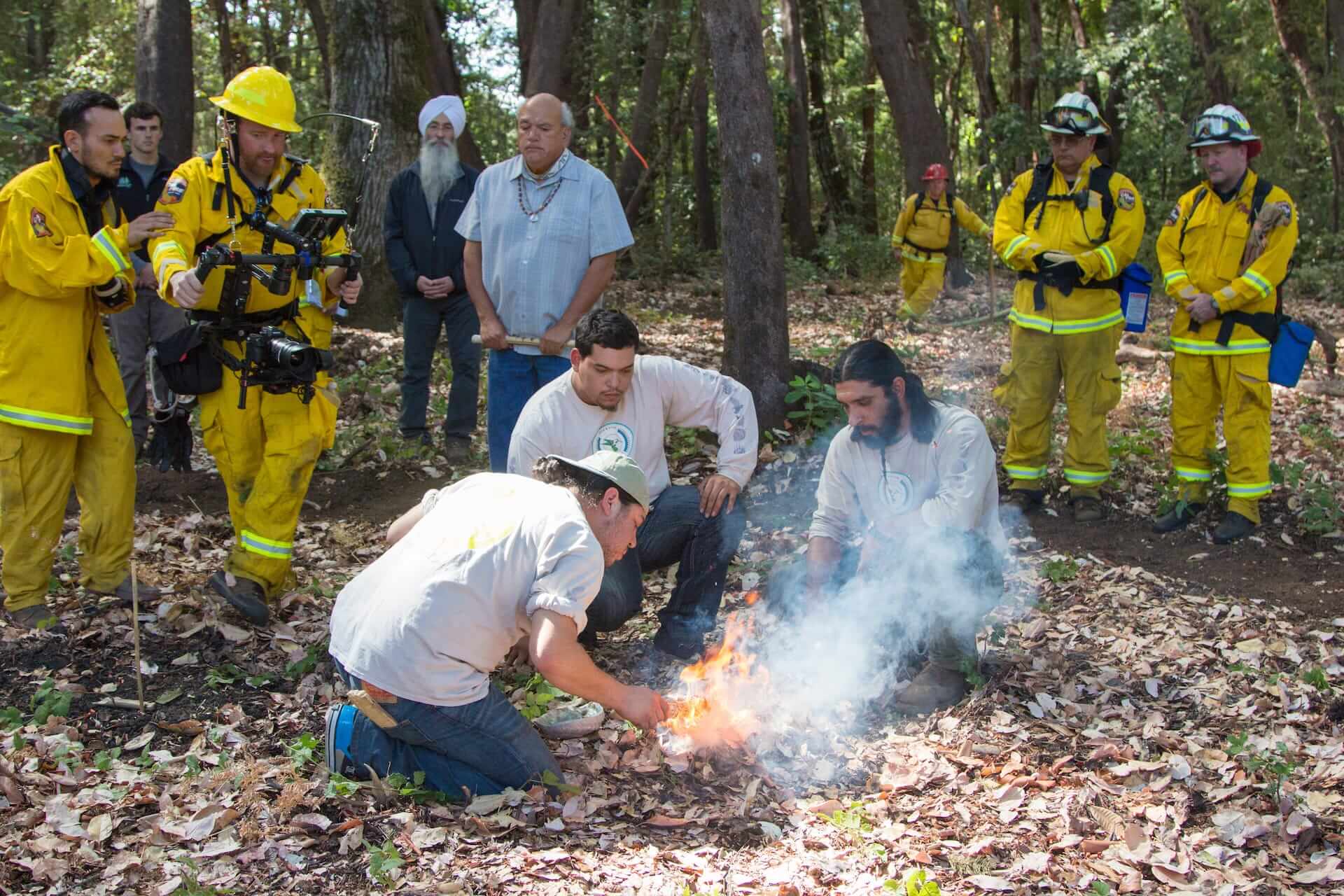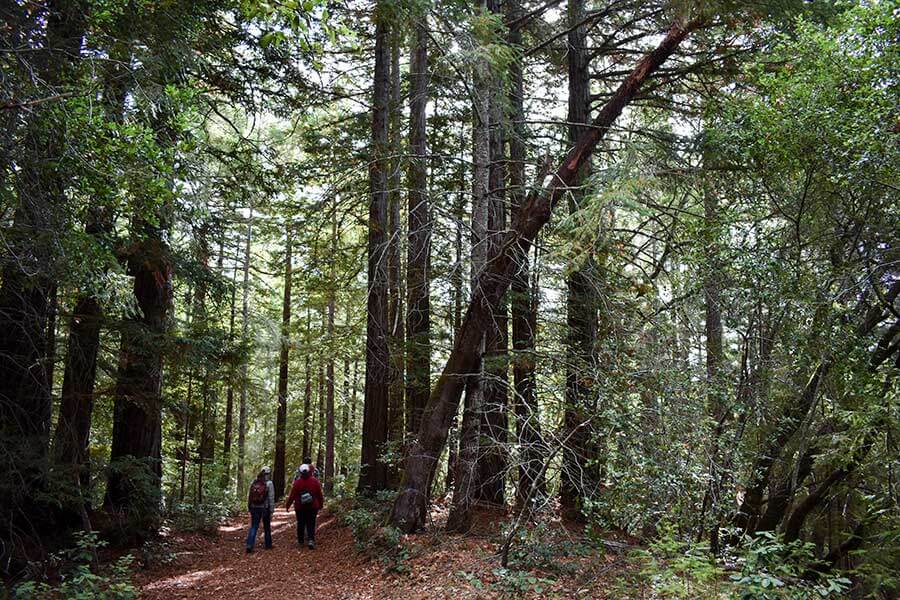After the CZU Fire
Watch a short film which visits a nearby forest, just months after the CZU fire tore across the landscape, to explore the changes and signs of hope with our Natural Resource Manager Beatrix Jimenez.
Growing from History
Butano was part of Quiroste tribal territory for thousands of years. Before European contact, the Quiroste were intimately connected to the land. They actively managed the landscape, using controlled burns to promote the growth of plants eaten by deer, pronghorn, and Tule elk. These animals were food, in turn, for the Quiroste. Hazelnuts and acorns were also important to the Quiroste diet.
Spanish explorers reached California in 1769. Eventually, European disease decimated indigenous peoples, and the surviving Quiroste were forced to give up the land and join the Spanish mission system. By 1834, the land was privately owned, and less than three decades later, settlers were logging the Butano canyon.
Logging didn’t stop until the mid-1950s, when California State Parks acquired the land. Sempervirens Club (today Sempervirens Fund), Save the Redwoods League, and the Sierra Club spent over two decades advocating for the land’s protection.
Since it was established, Butano State Park has doubled in size. Sempervirens Fund works with Amah Mutsun Land Trust to reintroduce land management techniques like controlled burns to lands it has preserved.


Gazos Creek
One of the lands Sempervirens Fund recently preserved near Butano State Park is Gazos Creek Redwoods. Named for the crucial creek that crosses the 320-acre property, Gazos Creek guides two endangered species, steelhead trout and marbled murrelets, from the sea to the forest where they lay their eggs. Thanks to Sempervirens Fund supporters, critical resources like Gazos Creek are being protected to continue to support the health and growth of Butano State Park.

